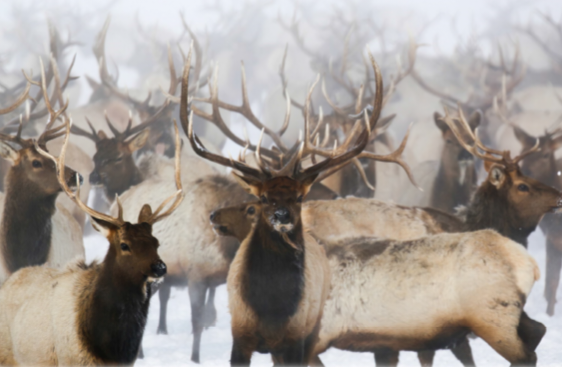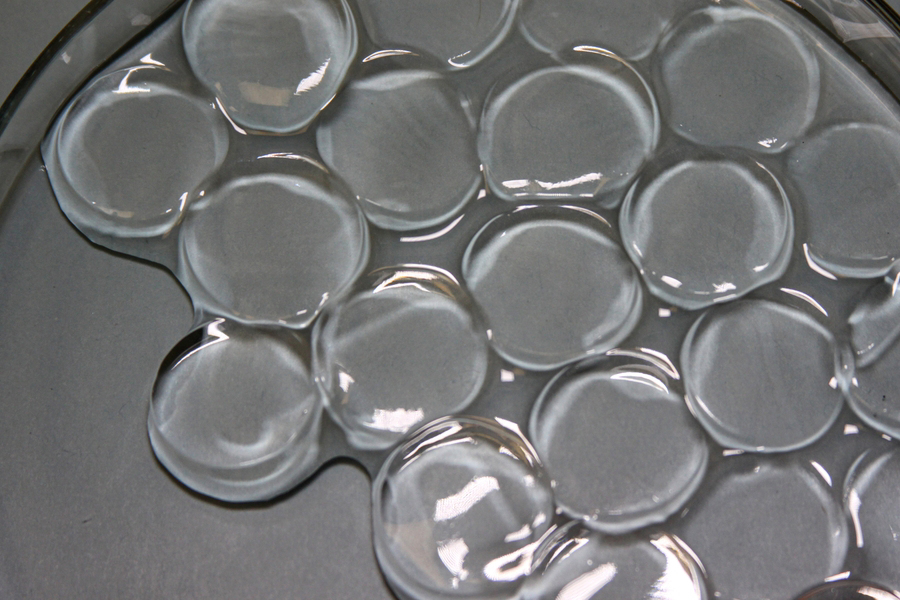Wyoming Game and Fish Department Releases Draft Elk Feedgrounds Management Plan for Public Review

The Wyoming Game and Fish Department (WGFD) has released a draft elk feedgrounds management plan for public review. The plan is designed to guide the department's overall, long-term approach to elk management as it pertains to the 22 Game and Fish-operated elk feedgrounds in western Wyoming. The plan has three main goals: Reduce elk's reliance on feedgrounds: The plan aims to reduce the number of elk that rely on feedgrounds by increasing the availability of natural winter forage. This will help to reduce the spread of disease and improve the overall health of the elk herd. Increase opportunities for elk to winter away from feedgrounds: The plan also aims to increase the number of elk that winter away from feedgrounds by providing more winter range habitat. This will help to reduce conflict between elk and livestock, as well as the risk of elk-vehicle collisions. Maintain current elk population objectives and associated hunting opportunity: The plan is designed to e...


